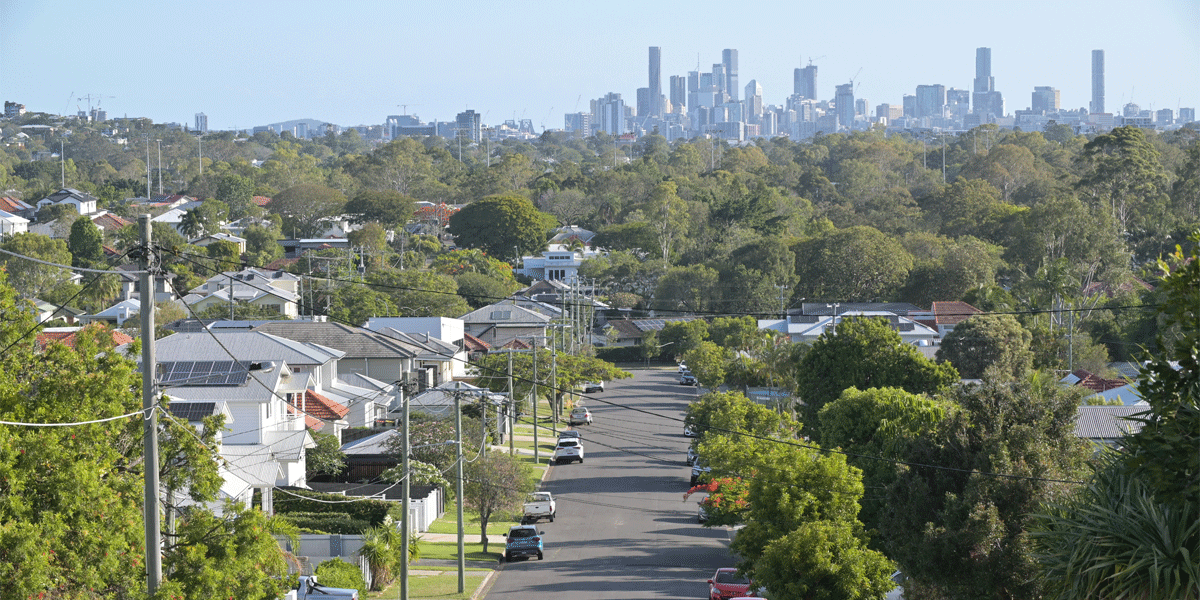Download the PDF

What can we expect in 2026?
After cutting rates in August, the Reserve Bank of Australia (RBA) held the cash rate steady this week at 3.60%, as widely expected. Over 2025, the RBA has delivered three rate cuts in response to below-trend economic growth, a modest easing in labour market pressures and slowing inflation. These cuts have reduced the restrictiveness of monetary policy, supporting domestic demand as inflation moved back into the target band. The quarterly pace of easing, with rate cuts being delivered at every second meeting, reflects the Bank’s cautious and measured approach, balancing the need to stimulate activity with the desire to assess the impact of each move before proceeding further.
Can we expect that pattern to continue, with the RBA moving rates lower in November? We don’t think so. In our view, the RBA is now likely to remain on hold for the rest of this year in response to stronger-than-expected inflation outcomes over the past two months. For a data-dependent central bank, the recent uptick in inflation presents a clear obstacle to further easing this year.
While often criticised for being volatile and incomplete, the monthly CPI indicator provides a more timely read on consumer prices than the quarterly CPI which has typically anchored monetary policy decisions. Some items in the CPI indicator are measured every month, like food, rents, new home building costs and travel. Other items in the CPI basket are only measured once per quarter and are direct inputs to the quarterly measure. Examples include goods like footwear, household goods and appliances which are measured in the first month of the quarter, and services like restaurant meals and insurance that are measured in the second month of the quarter.
We have previously highlighted the upside to inflation from the July CPI (see Hot inflation to test RBA's easing bias). The main risk we identified in July was from new home builders lifting prices to rebuild margins as demand conditions improved. Lower interest rates have fuelled a recovery in housing demand, which is reflected in rising prices for both new and existing dwellings. August data on inflation and house prices have confirmed, or even heightened, this risk.
The August CPI indicator also revealed upside risk in market services inflation. In addition to restaurant meals and insurance, services like home and vehicle repairs, hairdressing and personal care, all surprised to the upside. Even categories not explicitly defined as market services, such as take-aways and streaming services, posted stronger than expected price gains. All up, the new information in the August CPI indicator lifted our estimate of the September quarter trimmed mean CPI from 0.7% to 0.9%. This implies a lift in the annual trimmed mean inflation rate from 2.7% in June to 2.8% in September, following a steady downward trend for almost three years.
The RBA is alert to the upside risk to inflation. The September meeting statement noted that “recent data, while partial and volatile, suggest that inflation in the September quarter may be higher than expected at the time of the August Statement on Monetary Policy.” Our forecast of 0.9% for the trimmed mean CPI is well above the RBA’s latest published forecast of 0.6%. A miss of this magnitude, while large, may not prevent the RBA from cutting rates if it maintained conviction that the medium-term outlook for inflation remained unchanged.
However, Govenor Bullock's acknowledgement that "we've got to be a little bit careful" about the possible persistence of market services inflation, suggests increased uncertainty in their forecast outlook and the potential for upgrades to the medium-term inflation forecast.
Hence, we think this takes a 2025 rate cut off the table.
We’re not alone in this assessment. Market pricing has shifted abruptly, with the implied probability of a November rate cut having halved. So, if the RBA is done for 2025, what lies ahead for monetary policy?
The data-driven nature of monetary policy means short-term economic forecasts now carry real weight. We expect GDP growth to remain positive but underwhelming through year-end, driven narrowly by the consumer. Real disposable incomes have recovered, but households remain price sensitive and cautious. Many will use income gains to rebuild savings, which puts a natural brake on the speed of recovery. Meanwhile, the weakness in business investment, slowdown in government investment and global trade turmoil highlights a distinct lack of broad-based growth drivers. From a growth perspective, further rate cuts could provide insurance against the risk of a softening labour market.
What about the inflation outlook? The recent spike in market services inflation has raised eyebrows, but much of it is likely to be noise rather than signal, reflecting seasonal quirks or one-off price resets. The consumer is not yet in a strong enough position to sustain ongoing price rises of the magnitude of the September quarter. There are similar constraints to housing.
The discounting of project homes that helped lower inflation from late 2024 to mid-2025 is likely over, but stretched affordability will limit how far builders can push up prices to rebuild margins. We expect trimmed mean inflation to print closer to 0.6% for the December quarter. With growth losing steam and inflation settling, the RBA should have room to cut rates once more in 2026.
